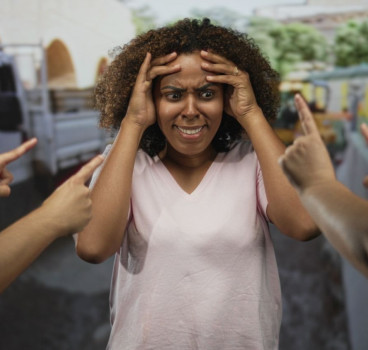Roofing comes in from the cold
Building owners have become increasingly nervous in recent years about sanctioning the use of any kind of naked flame at roof level, traditionally a long standing method of applying waterproof membranes. This has resulted from increased pressure from insurance companies concerned about fire risk and some have banned the use completely of naked flame at roof level following several high profile incidents.
The industry has responded with a huge range of cold applied membranes – some more effective than others – but now there is a new trend which could totally transform the way flat roofs are waterproofed.
It is called Cold Melt®, an application registered by Proteus Waterproofing which offers building owners a membrane with all the advantages of the seamless application offered by mastic asphalt and hot melt products – with none of the perceived risks associated with other types of membrane.
It must be emphasised that the roofing industry has an exemplary safety record with flame applied membranes and modern torches used for products such as felt significantly reduce the potential for fire risks, but cold melt seems to offer a lot more than a simple health and safety boost.
By eliminating the need for heat then Cold Melt can be applied significantly more quickly by helping to reduce labour costs, but more importantly the membrane, according to the BBA (British Board of Agrement) will, when correctly applied will last for literally as long as the building remains standing.
That's quite a claim but when endorsed by the BBA it suggests that roofing membranes are now entering a new era but what is Cold Melt? Let's look at the Commercial.
Cold-Melt® is claimed to incorporate recycled rubber crumb and other organically grown products to create an elastomeric, seamless, cold applied membrane that can be applied to a wide range of substrates including concrete, asphalt and timber. As it exhibits extremely low odour, Cold-Melt® can also be applied in confined working spaces.
So it seems there is a new kid on the block with some healthy credentials to back up his performance and if nothing else – it will keep the insurance companies happy.
Additional Blogs

The changing face of workplace AV and what FM managers need to know
In today’s hybrid workplaces, facilities managers can no longer treat audio-visual systems as background infrastructure - they are now mission-critical assets that directly influence productivity,...
Read moreConstruction’s obsession with blame instead of learning
Construction is one of the most technically advanced industries in the built environment, yet culturally it often behaves like one of the least reflective. When things go wrong and they frequently...
Read more

How risk Is routinely pushed down the supply chain
Risk is an unavoidable part of construction. Every project involves uncertainty around ground conditions, weather, design coordination, procurement, labour and programme. Yet while risk is inherent,...
Read more